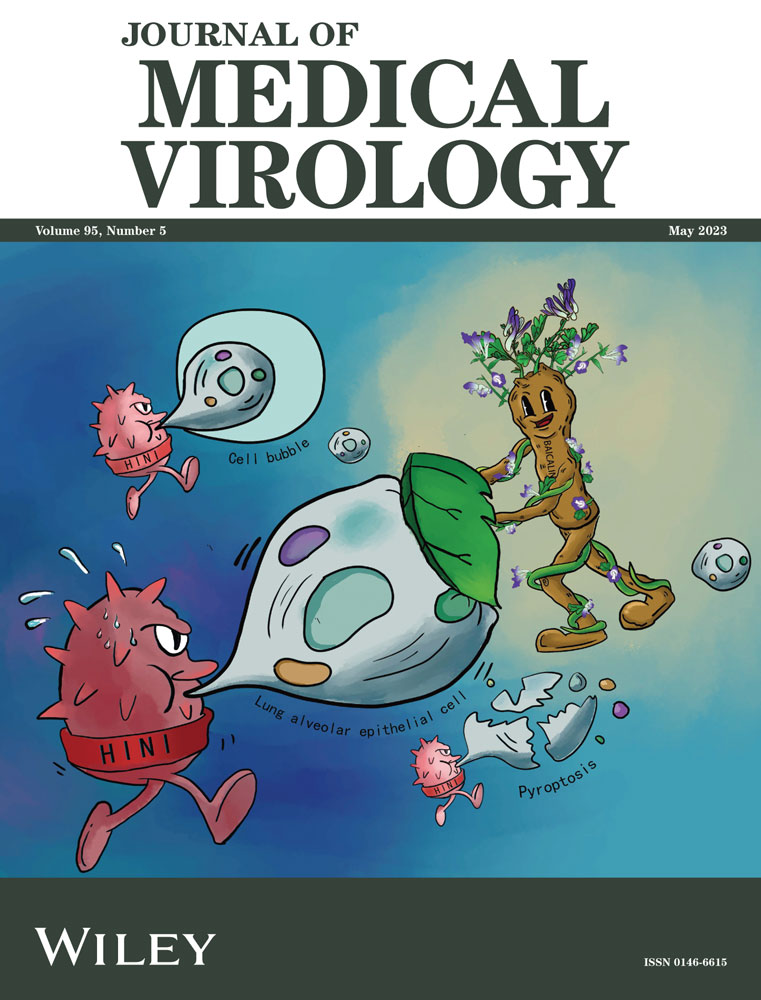Comment on the immunogenicity of the Noora vaccine against SARS-CoV-2
This letter is to communicate several concerns regarding the article by Salimin et al. entitled “Safety and immunogenicity of a recombinant receptor-binding domain-based protein subunit vaccine (Noora vaccine™) against COVID-19 in adults: A randomized, double-blind, placebo-controlled, Phase 1 trial.”1
Most concerning are discrepancies and issues with data depicted in Figures 5, 6, and 9.
Figure 5. The methods for determining antibody titers are unclear. The methods cite two different kits from PishtazTeb and Abnova, but it is not clear which was used or for what data. The units of the anti-receptor binding domain antibody titers and neutralizing antibody titers are likewise unclear. There should be a direct comparison to titers achieved in convalescent COVID-19 patients. Of note, 87.5% (7/9) of the placebo group also developed neutralizing antibodies, which is very surprising and unexpected, and raises the possibility that occult COVID-19 infections could have confounded the results across all cohorts.
Figure 6. The fluorescence-activated cell sorting plots presented are unconvincing. How were gates defined? Carboxyfluorescein succinimidyl ester stripes are not visible. A normal ratio of CD4:CD8 T cells in peripheral blood is >1; here, it is ~0.13. Interferon-positive cells do not represent a clear population; a positive control is essential.
Figure 9. The virus neutralizing titer data are confusing. What strain or strains of virus were used? Do these results, even if accurate, have any relevance to currently circulating strains? Were both native and pseudotyped viruses tested? If so, how is that indicated in the figure? The legend states that serial dilutions of virus were tested but also states that 100 tissue culture infectious dose (TCID50) viral units were used. Typically, it is the sera that are serially diluted. Why were there no positive results in the placebo group, given that neutralizing antibodies were detected in 7/9 placebo recipients in Figure 5? Why are only 15 of 27 and 13 of 25 subjects included in the neutralizing antibody results from the 80 and 120 mcg groups, respectively? What are the titers of the remaining subjects? Who are the convalescent serum donors? If they are largely asymptomatic or mildly symptomatic patients, or if they are months out from infection, the titers will be low, thereby providing a favorably biased comparator for the vaccine-induced titers.
The results overall also raise concern about the clinical efficacy of the Noora vaccine at preventing COVID-19 infection in a population, as 60% (9/15) of recipients of the 80 mcg dose series developed virus-neutralizing antibody titers of less than 1/16th the level observed in most of the convalescent serum samples tested. By contrast, the Novavax recombinant spike protein vaccine generated mean virus-neutralizing antibody titers greater than fourfold that of symptomatic COVID-19 outpatients.2
There are numerous other issues with the paper as published. There is a systematic problem with the references, as many of the citations are incorrect and not relevant to the issue discussed (e.g., references 2, 3, 4, 5, and 19).
Figure 1 Section B indicates blood sampling for immunogenicity on Day 7 and not Day 21, but this seems to be an error according to the text, where Day 21 immunogenicity data are repeatedly cited.
The numbers presented in Table 1 are incorrect. n = 27 completed 80 mcg dosing, but 28 subjects (18 M, 10 F) are listed. For 120 mcg cohort, n = 25 completed dosing, but only 24 subjects (16 M, 8 F) are listed.
Last, but equally troubling, is the conflict of interest statement. The authors are all at Baqiyatallah University of Medical Sciences, which funded the study and has developed the vaccine for commercial purposes. Thus, the authors have an obvious and major conflict of interest that needs to be reported and managed appropriately.
It is surprising that a manuscript containing so many serious flaws would have been accepted for publication following peer review, and given these issues, a retraction may be in order.




